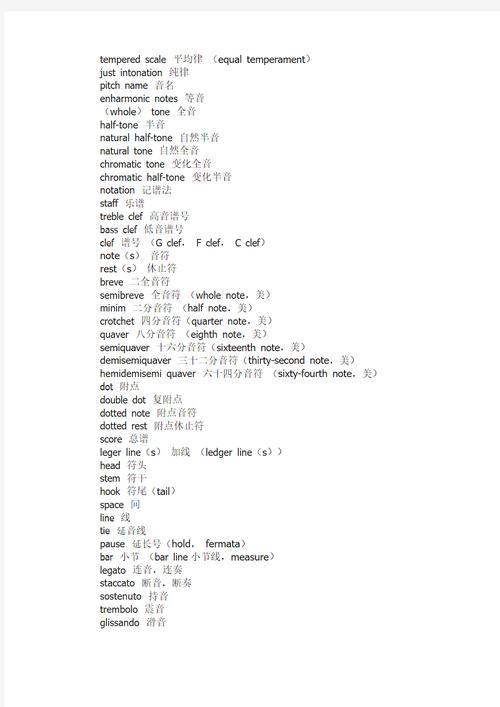What is a Pure Tone?
A pure tone is a sound wave that has a single frequency and is characterized by its simplicity and consistency. It is often used in various fields, including audiology, music, and telecommunications. Understanding what a pure tone is and how it functions can provide valuable insights into its applications and significance.
Characteristics of a Pure Tone
At its core, a pure tone is defined by its monochromatic nature. This means that it consists of a single frequency, which is the rate at which the sound wave vibrates. Unlike complex sounds, which are composed of multiple frequencies, a pure tone has a single pitch that remains constant throughout its duration.

Here are some key characteristics of a pure tone:
- Single Frequency: A pure tone is characterized by a single frequency, which is the rate at which the sound wave vibrates.
- Monochromatic: This term refers to the fact that a pure tone consists of a single frequency, making it a simple and consistent sound wave.
- Constant Pitch: The pitch of a pure tone remains constant throughout its duration, which is why it is often used in tuning instruments and testing hearing abilities.
- Harmonic Content: While a pure tone itself is monochromatic, it can be composed of harmonics, which are multiples of the fundamental frequency. These harmonics contribute to the overall sound quality of the tone.
Applications of Pure Tones
Pure tones have a wide range of applications across various fields. Here are some of the most notable uses:
Audiology
In audiology, pure tones are used to test hearing abilities. Audiologists use a device called an audiometer to measure the threshold of hearing for different frequencies. By presenting pure tones at various intensities, they can determine the extent to which a person can hear specific frequencies.
| Frequency Range | Application |
|---|---|
| 20 Hz to 20 kHz | Testing overall hearing ability |
| 250 Hz to 4 kHz | Assessing speech understanding |
| 500 Hz to 2 kHz | Evaluating middle ear function |
Music
In music, pure tones are essential for tuning instruments and maintaining pitch consistency. Musicians use pure tones as reference points to ensure that their instruments are in tune. Additionally, pure tones are used in music theory to analyze and understand the relationships between different pitches.

Telecommunications
In telecommunications, pure tones are used for various purposes, such as signal transmission and testing. They are used to measure the quality of transmission lines and to ensure that signals are transmitted accurately and efficiently.
Conclusion
In summary, a pure tone is a sound wave with a single frequency and is characterized by its simplicity and consistency. Its applications in audiology, music, and telecommunications highlight its importance in various fields. Understanding the characteristics and uses of pure tones can provide valuable insights into their significance and how they contribute to our daily lives.










